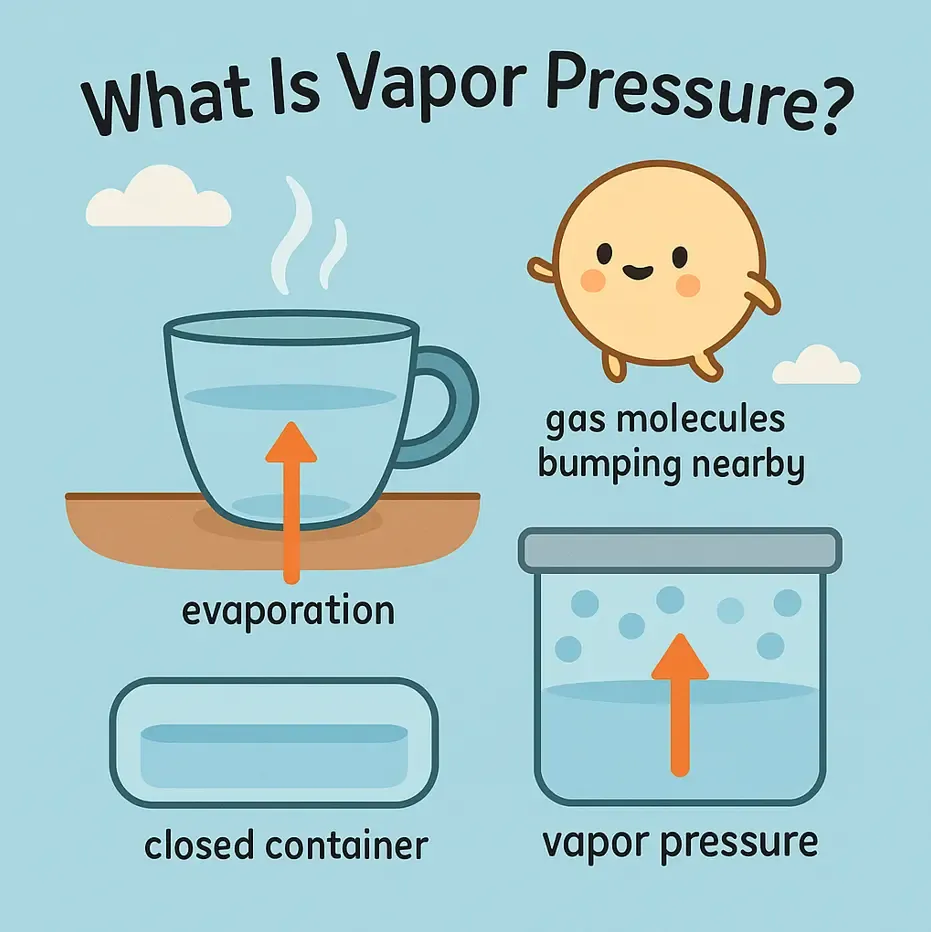What Is Vapor Pressure? — Reading Comprehension
Grades
- 5
- 6
- 7
- 8
Standards
- MS-PS1-4
- MS-LS1-2
PRINT+DIGITAL RESOURCE
This learning resource is available in interactive and printable formats. The interactive worksheet can be played online and assigned to students. The Printable PDF version can be downloaded and printed for completion by hand.
About This Reader
This NGSS-aligned science passage explains the concept of vapor pressure in an age-appropriate, engaging way for middle school students. It introduces how vapor pressure forms when molecules of a liquid evaporate and exert pressure in a closed system. The passage covers how different liquids have different vapor pressures and how temperature influences evaporation and boiling. Real-world examples, like alcohol evaporating faster than water and water boiling at different temperatures at varying altitudes, help students understand key concepts. It also explores how vapor pressure plays a critical role in boiling and connects to air pressure. The passage aligns with MS-PS1-4 under Physical Science, helping students interpret and explain scientific phenomena related to states of matter and energy. This resource is ideal for science reading comprehension practice and supports understanding of core NGSS concepts.
Perfect For:
👩🏫 Teachers
- • Reading comprehension practice
- • Auto-graded assessments
- • Literacy skill development
👨👩👧👦 Parents
- • Reading practice at home
- • Comprehension improvement
- • Educational reading time
🏠 Homeschoolers
- • Reading curriculum support
- • Independent reading practice
- • Progress monitoring
Reading Features:
📖
Reading Passage
Engaging fiction or nonfiction text
❓
Comprehension Quiz
Auto-graded questions
📊
Instant Feedback
Immediate results and scoring
📄
Printable Version
Download for offline reading
🔊
Read Aloud
Voice-over with word highlighting























